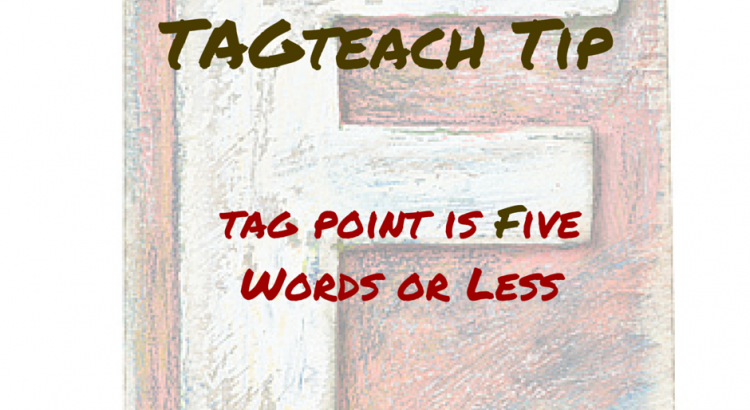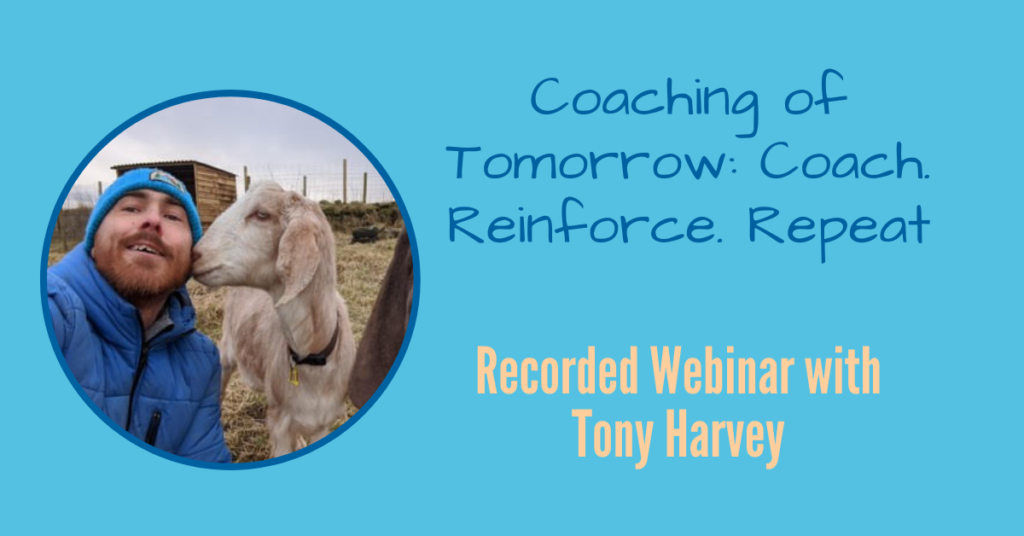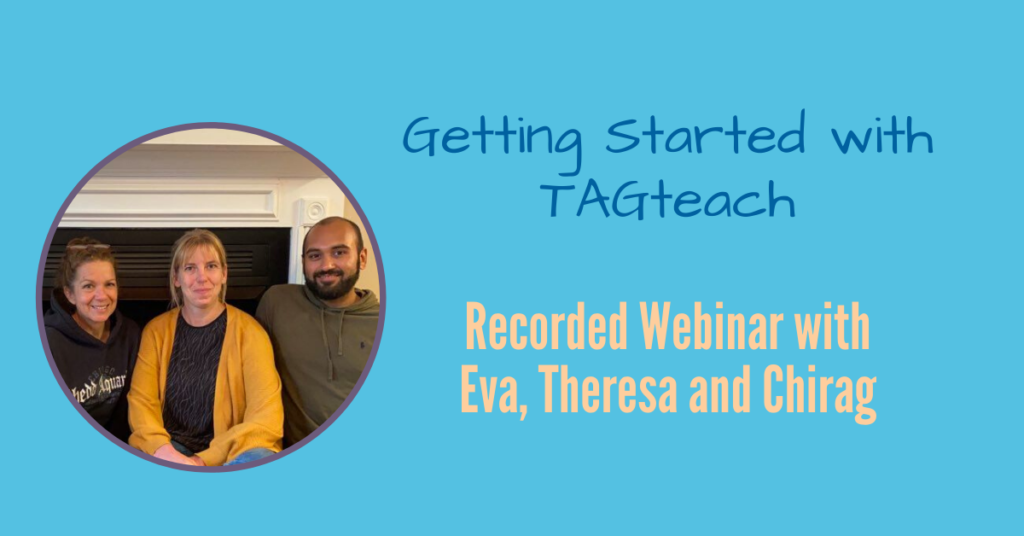Teachers talk too much. Coaches talk too much. Managers talk too much. Parents talk too much. You probably talk too much when you are trying to explain what you want someone else to do. In a teaching situation, particularly, when the learner is focusing and trying to learn something new, fewer words are better. The only thing they really hear and remember are the last few words that you say.
To see a humorous example of what we call passion talking, watch this video that explains the 24 different components of the golf swing:
Too Much Talking!
When we started with TAGteach more than 10 years ago, we realized that too much talking was a big problem in teaching situations. Learner’s faces would glaze over as they were faced with information overload. As a result they would just extract whatever seemed important to them, or whatever they heard last and the result was generally not satisfactory. At first we had a rule, that any teaching goal must contain 10 words or fewer. Once we got more experience in fine tuning the communication between teacher/coach and learner, we revised this to “Five words or less”. (The use of colloquial language is intentional).
If you can focus your goal down to five words, then you have defined it clearly enough that the learner has his best chance at success. The learner can understand, remember and execute the exact behavior that you have defined.
Refining a goal down to five words is not always easy. What about all those other important things that the learner must also remember to do? We addressed the issue of focusing on only one thing in a previous article. You must be a very good analyst of your teaching goals in order to find the most important thing and deliver the final instruction to the learner in five words or fewer.
An Example
Here’s an example. Say you’re a tennis instructor. You’re teaching the overhand serve. You want the athlete to toss the ball to the correct height, in the correct place, to strike the ball with enough force and with the racket head in the correct orientation, and to step into the court during the strike phase. Whew! That’s a lot of information.
Imagine yourself as a novice player being given all the instructions and specifications that would go with those requirements, while also worrying about looking foolish or forgetting something. You would be pretty stressed and confused and you would have a hard time doing all those things at once. You may even get them all wrong.
As an instructor who understands the skill and is able to break it down into several components, you could take all the guesswork and stress out of the equation. You could teach the proper grip, the proper way to execute the swing part of the skill and the stepping into the court part as a separate exercise. You could teach the toss on its own. For every one of these parts you could come up with a way to describe the key movement in five words or less.
If you are a clever instructor you could come up with a way to give the learner one goal, in five words or less, that would cause several other elements of the skill to happen naturally. Watch this video of tennis instructor Grant Grinnell as he explains how he uses TAGteach and particularly how he used the tag point “step into the court” (only four words!) to improve several aspects of his learners’ serving technique. Brilliant!
Creativity
You must agree that this was a very creative and elegant way to solve a teaching problem. It may seem at first that insisting on five-word goals is very limiting. In fact, it takes more creativity and imagination, and a more superior knowledge of the subject matter to come up with a five-word goal than it does to produce a lengthy description and a lot of confusing instructions.
As Benjamin Franklin once said:
I have already made this paper too long, for which I must crave pardon, not having now time to make it shorter.
source: http://quoteinvestigator.com/2012/04/28/shorter-letter/
It may take more thought on your part to come up with five-word goals for all your teaching points, but this effort will pay off in increased success for your learners. They will love you for it!
The TAGteach Goal Setting Process
This article describes one aspect of the TAGteach goal setting process. There are four parts to creating a clear, precise, consistent goal. These are:
- What you want (express the goal in positive terms)
- One thing
- Observable
- Five words or less
You can easily remember these with the acronym WOOF
We have explained each of these in detail in separate articles. Here are the links to the rest of the series:
- What you want
- One thing
- Observable
- Five words or less (the current article)
WOOF Planner
Download your free WOOF planner with instructions to help you create effective tag points (or teaching goals) and register for an email series that will help you design the perfect learning goals. Your learners will thank you!




